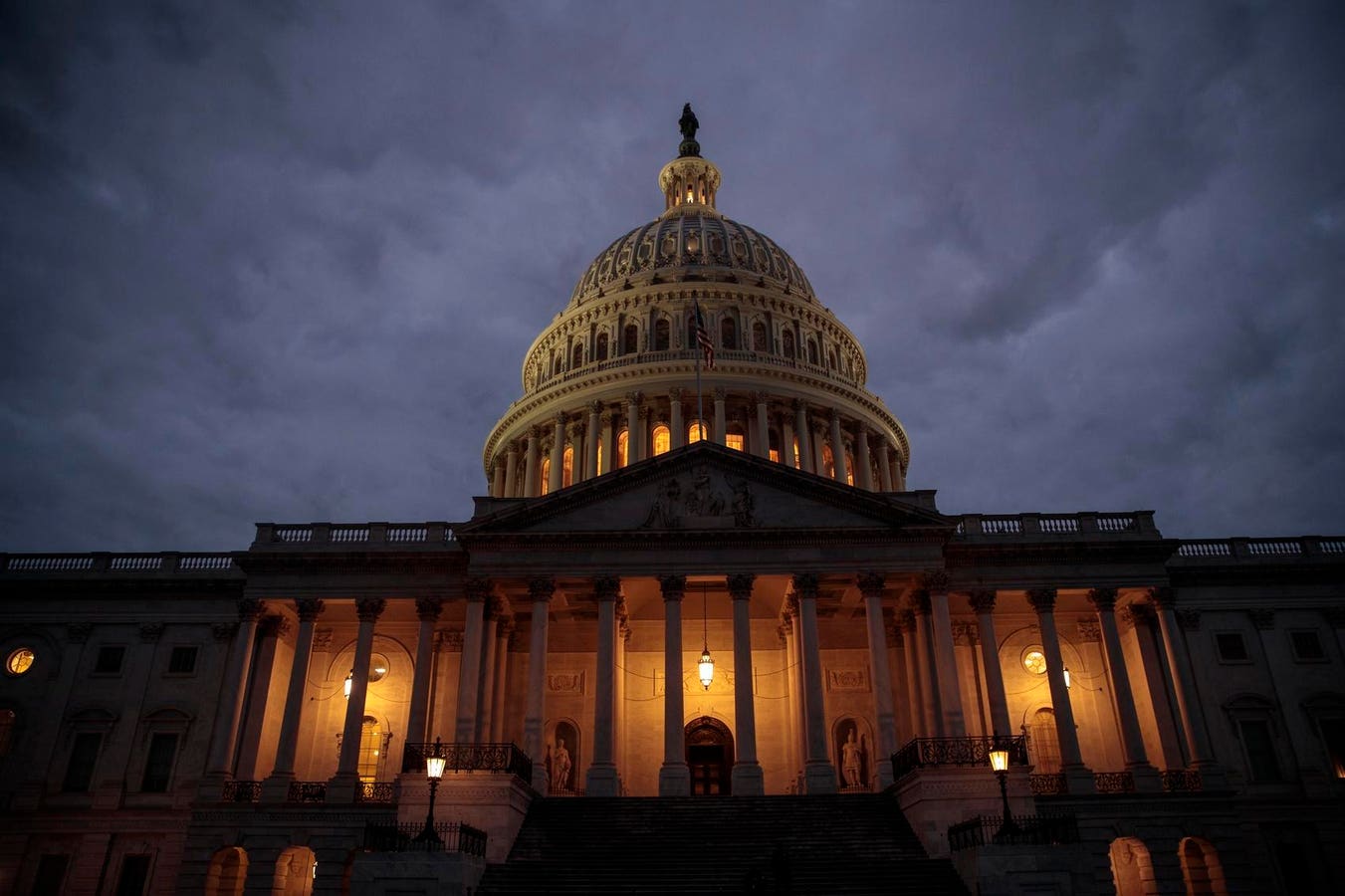The will U.S. will see a government shutdown without a full budget or continuing resolution by November 17. Most expect a continuing resolution to be passed, though only days remain to do so. At the time of writing, event-forecasting site Kalshi gives a 1 in 3 chance that a government shutdown occurs. However, if a shutdown is avoided, further work will likely be needed to pass a full budget.
Markets have paid limited attention to shutdown risks because a continuing resolution is expected. In fact, continuing resolutions have been the norm in recent years. Historically, going back to 1952, continuing resolutions almost always occurred, often into December or later, while a full budget is worked out. However, government shutdowns have occasionally occurred too.
Only five years have avoided a continuing resolutions over the last 70. Still, any continuing resolution will require subsequent work from legislators to pass a budget. Additionally, given provisions in the 2023 debt ceiling agreement, automatic 1% across the board budget cuts are possible if budgetary delays continue.
Progress So Far On The Budget
A continuing resolution passed on September 30, funding the U.S. government for an additional 45 days as the new fiscal year began for the U.S. government. The hope was that a full budget would be worked out during that 45-day period.
So far, that hasn’t happened. That’s in part because over half of that time was ultimately spent deposing Kevin McCarthy (R-Ca.) as House Speaker and replacing him with Mike Johnson (R-La.). Johnson has said he wants to avoid a shutdown, though his detailed plan for doing so isn’t yet public. The Republican’s narrow House majority adds complications.
However, there are 12 appropriations subcommittees that comprise the U.S. budget. The Senate has made progress on 3 of them, passing a bipartisan combined bill for Agriculture, Veterans Affairs and Transport, Housing and Urban Development on November 1.
The House has so far passed bills for 7 of the 12 budgetary areas, although further progress this week has so far stalled. House bills have been passed along partisan lines, and so are unlikely to attract the necessary support within the Democratic-controlled Senate. In contrast, the Senate measures have been bipartisan.
In addition, the text of the bill raising the debt limit includes automatic 1% cuts to the government’s entire budget if a full budget is not passed by January 1, 2024. The intent of that measure was to incentivize relatively quick progress on the budget, rather than for the cuts to actually implemented. Still it’s another deadline consideration in the budgetary process.
Market Reaction To The Budgetary Process
Continuing resolutions are historically common. Although, they may disrupt some aspects of government, such as travel and hiring practices. They also require planning for a potential government shutdowns as various deadlines approach. Generally, though, government can continue to function relatively normally under a continuing resolution.
The Impact Of A Government Shutdown
A shutdown, should one occur, has a far greater economic impact. The major issue is delay and uncertainty around pay for government employees. Back pay is legally guaranteed for most, but, still, a delayed paycheck can have a major impact on a household.
In addition, payment for government contractors is more ambiguous. This can also impact the defense and pharmaceutical sectors, which are often dependent on government procurement activity. There is also concern from lawmakers that disrupting the military via a shutdown during currently heightened geopolitical tension, would be unacceptable.
There have also been discussions about a “laddered” approach to the components of the budget. For example, it would be possible to pass a budget for the military, for example, but then subsequently consider the budget for another department at a later date, and, as such, budgetary deadlines could be spread out. The value of this approach might be to give lawmakers specific deadlines for specific departmental budgets, rather than a single deadline for the entire budget. However, this segmented approach might complicate the budgetary process further.
Will We See A Government Shutdown?
A continuing resolution is expected, rather than a government shutdown, even if the timing is tight. However, the House Speaker is no doubt conscious that his predecessor was deposed after agreement on a bipartisan continuing resolution.
A shutdown would worry markets, especially as recession risks are surfacing as a shutdown would likely be a drag on economic growth. Also, the terms of any continuing resolution will be closely watched, including its duration. A laddered approach to upcoming budgetary deadlines has been floated. In addition, the prospect of automatic budget cuts in 2024 is a possible with further budgetary delays.
Still another continuing resolution is expected and would be a relatively routine step towards a government budget for the current fiscal year. A shutdown remains a risk, but for now, despite the tight timeline, markets are confident it will be avoided.
Read the full article here







